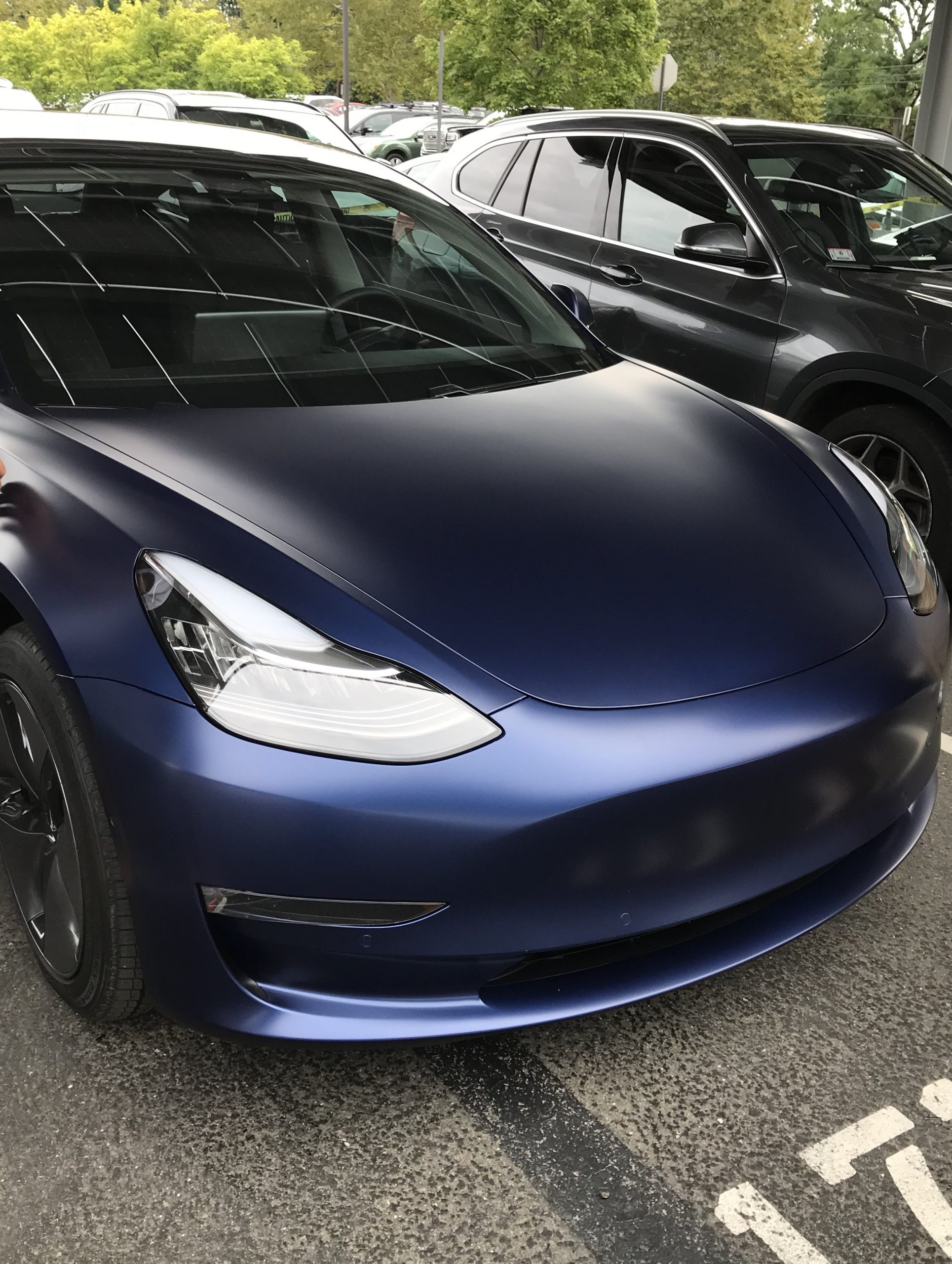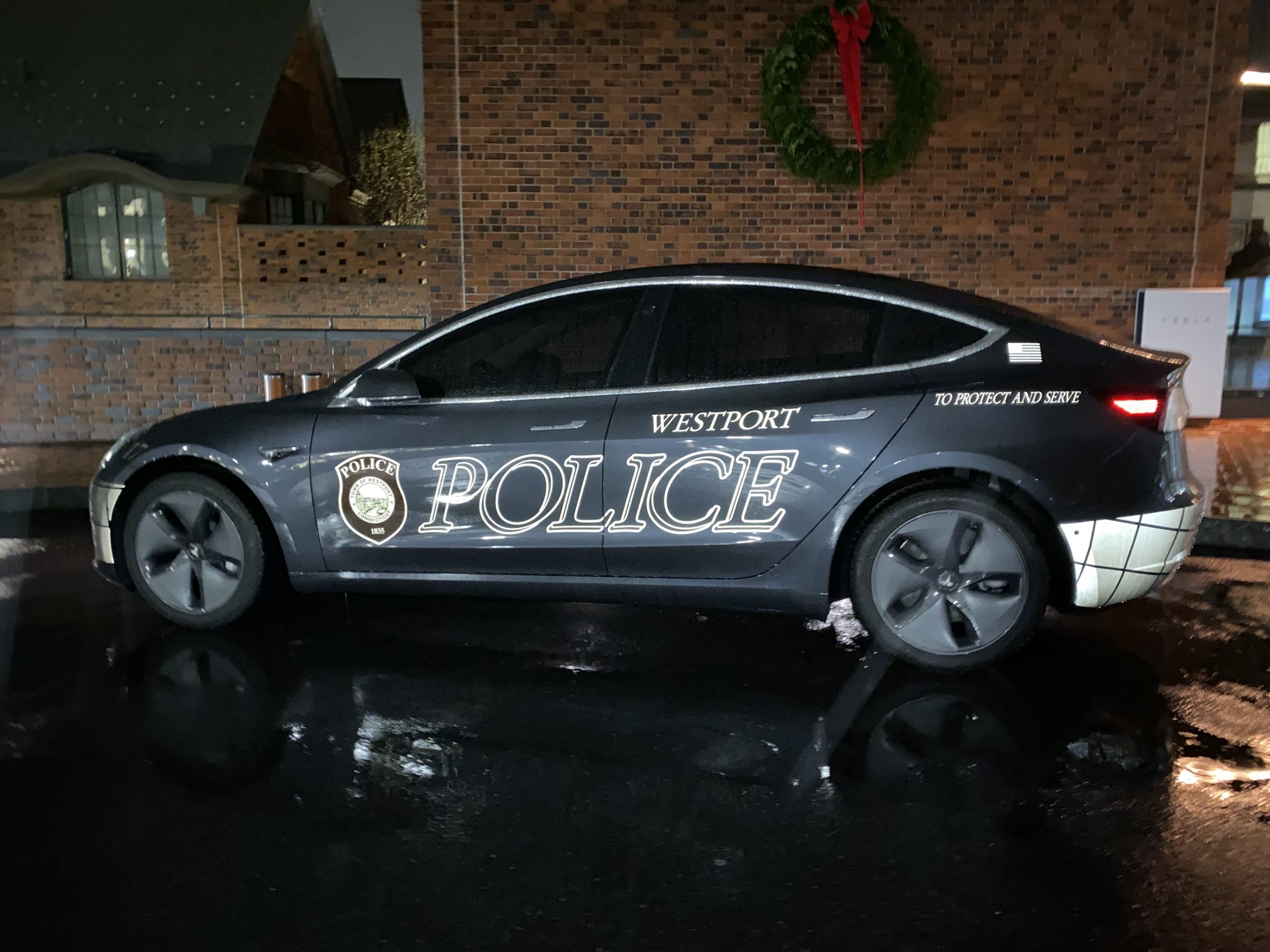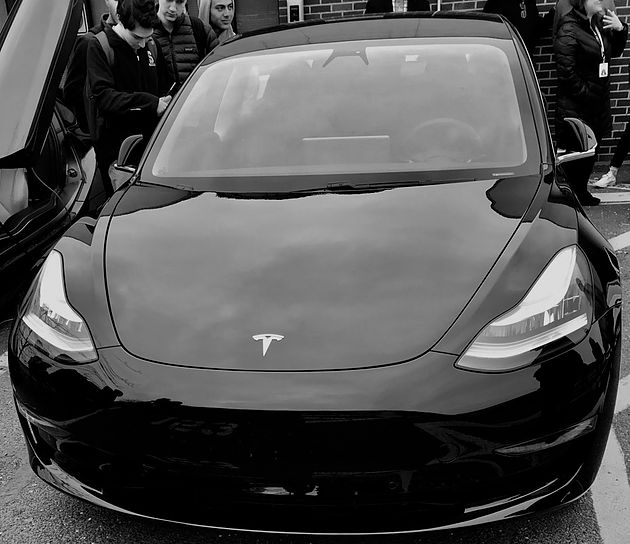Town of Westport to Get 10 New or Upgraded Charging Stations
New EV Charging Stations in Westport Coming Online in 2020 The EV Club has learned from Westport Chief of Police Foti Koskinas that there will be 10 new or upgraded charging stations coming to town … Read more








